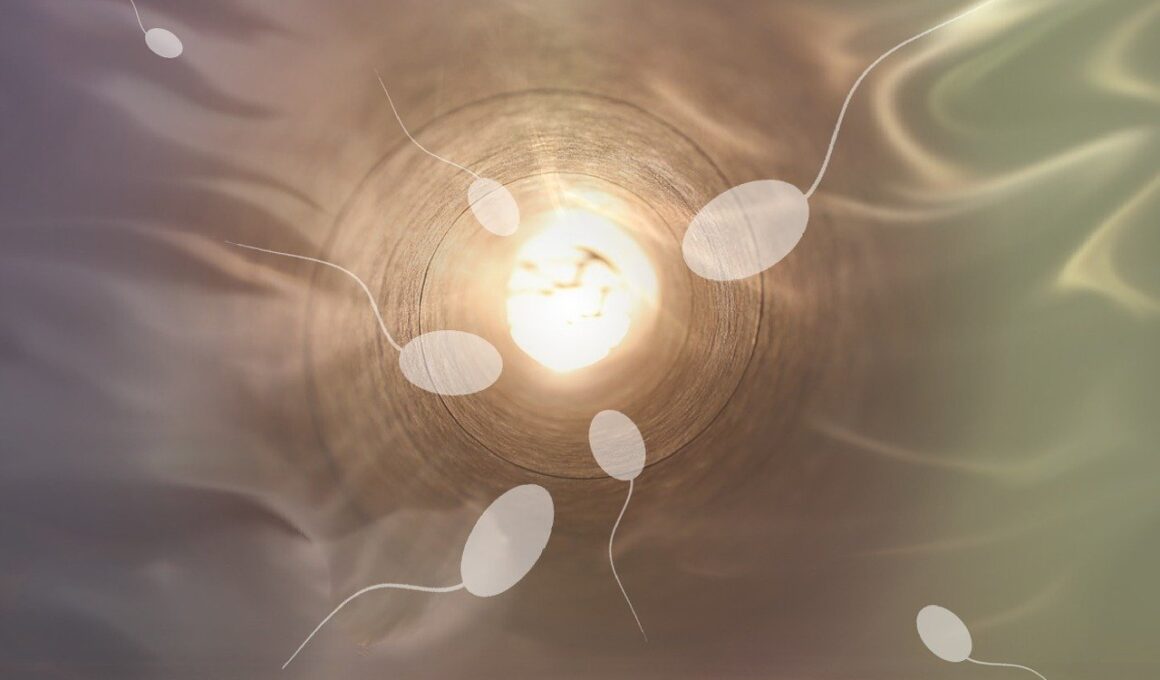The male body is constantly producing sperm cells, so it’s impossible to run out. Men’s testicles fill an internal organ called the epididymis with sperm, which is then released into seminal fluid (semen) during ejaculation.
This process is called spermatogenesis, and hormones help pre-sperm cells mature into sperm that can carry genetic data and fertilize an egg. Semen contains about 2 million sperms per milliliter.
1. After Ejaculation
The human body is like a sperm assembly line, producing billions of the tiny cells every day. These have the potential to fertilize a woman’s egg and create a baby. They have a life span of just a few days after leaving the male body, however. The sperm that make it into the warmth and safety of the vagina can live up to five days, thanks to the protection offered by cervical mucus. Sperm that get ejected onto something cold, dry, or hot can die within minutes.
The sperm production process is called spermatogenesis, and it begins in the seminiferous tubules inside the testicles. Here, hormones help pre-sperm cells go through many rounds of cell division until they develop into spermatids, the earliest stage of a sperm. These spermatids have a genetic head and tail that will allow them to swim through the cervix to fertilize an egg. Once mature, sperm are moved into the epididymis, a long tube that is found in the scrotum near the testicles.
The sperm stay in the epididymis until a man’s sexual activity triggers them to leave the testicles. Sexual stimulation also helps sperm move into the vas deferens, a long thick-walled tube that takes them toward the pelvis. Here, fluids from the prostate gland and seminal vesicles combine with the sperm to form semen.
2. During Ejaculation
Men produce millions of sperm cells every day. But it takes 64 days for them to reach full maturity. This is called the sperm production cycle or spermatogenesis. The process begins in the testicles when hormones, follicle-stimulating and luteinizing, travel to the sperm producing cells called spermatids. The sperm cells develop a head that carries the genetic material and a tail that facilitates movement to the egg for fertilization.
The sperm cells are then stored in the long tube on the back of each testicle called the Epididymis. The sperms remain there until they are stimulated to leave the testicles and mix with seminal fluid during ejaculation.
In order for a sperm cell to be ejaculated, it has to overcome a few obstacles. For example, the sperm must avoid the acidic environment in the vagina and make it through any cervical mucus. It also has to move quickly enough to reach the egg.
Many factors can impact sperm quality, including sexual abstinence and lifestyle choices. For instance, exposure to hot tubs and saunas, long trips to the gym or steam room, and consuming too much alcohol can all reduce sperm counts and quality. Making healthful lifestyle changes can help improve sperm counts and fertility, but it takes time to see results.
3. After Ejection
Sperm cells are alive and can be damaged by a variety of environmental factors. Many of these can be prevented by making healthy lifestyle choices. However, sperm can also be affected by hormonal changes and certain medications.
The body produces millions of sperm cells every day. They begin in the testicles, where hormones help pre-sperm cells divide and develop into sperm. During this process, they form a tail that allows them to swim to and fertilize an egg. It takes about 74 days for sperm to fully mature and produce a baby.
Once sperm is ready to be used, it leaves the testicles through a coiled tube called the epididymis. The sperm are then stored in this tube until they are needed. A man can generate up to 8 billion sperms in a full sperm production cycle.
The researchers analyzed semen from 65 healthy men after three ejaculations, each performed on the same day at two-hour intervals. They tested conventional semen parameters such as sperm volume and total number of sperm, and functional characteristics including intracellular reactive oxygen species (ROS), mitochondrial function, and nuclear DNA integrity. A flow cytometry method was used to evaluate sperm quality. The sperm were diluted in 0.75% low-melting point agarose in Tris-borate-EDTA (TBE) buffer at 37°C to a concentration of 1 x 106 sperm cells per sample. They were then mixed with an equal amount of a solution containing 2 umol/L DHE and 16 umol/L Hoechst H33342 in TBE to allow for the measurement of nuclear DNA fragmentation using the alkaline Comet assay.
4. During Ejection
A man produces millions of sperm every day which takes around seventy four days to mature. During the full sperm production cycle, a man can regenerate eight billion sperms. The testicles fill an internal organ called the ampullum with sperm. The sperm is then mixed with fluid from the vas deferens and the prostate gland to make semen. The semen is then released through the penis during ejaculation.
In the testicles, hormones help pre-sperm cells develop into sperm. Then, sperm cells are separated into haploid spermatids that carry genetic information. Eventually, sperm become mature enough to fertilize an egg. At this point, sperm have a genetic head and tail. The sperm then swims through the woman’s fallopian tube to fertilize an egg.
Sperm can live for three to five days outside the body. They can also die quickly if not properly ejaculated. The average male can produce a billion sperms in just one week of continuous production. During a single ejaculation, the men can only release a few million sperms. The rest of the sperms remain in the epididymis tubes until they are ready to be ejaculated.
A recent study has shown that men who ejaculate daily are more likely to have higher sperm count in their ejaculate. This is due to the fact that men will continue to fill up their epididymis tube with more sperm, even after a short period of time of ejaculation.





